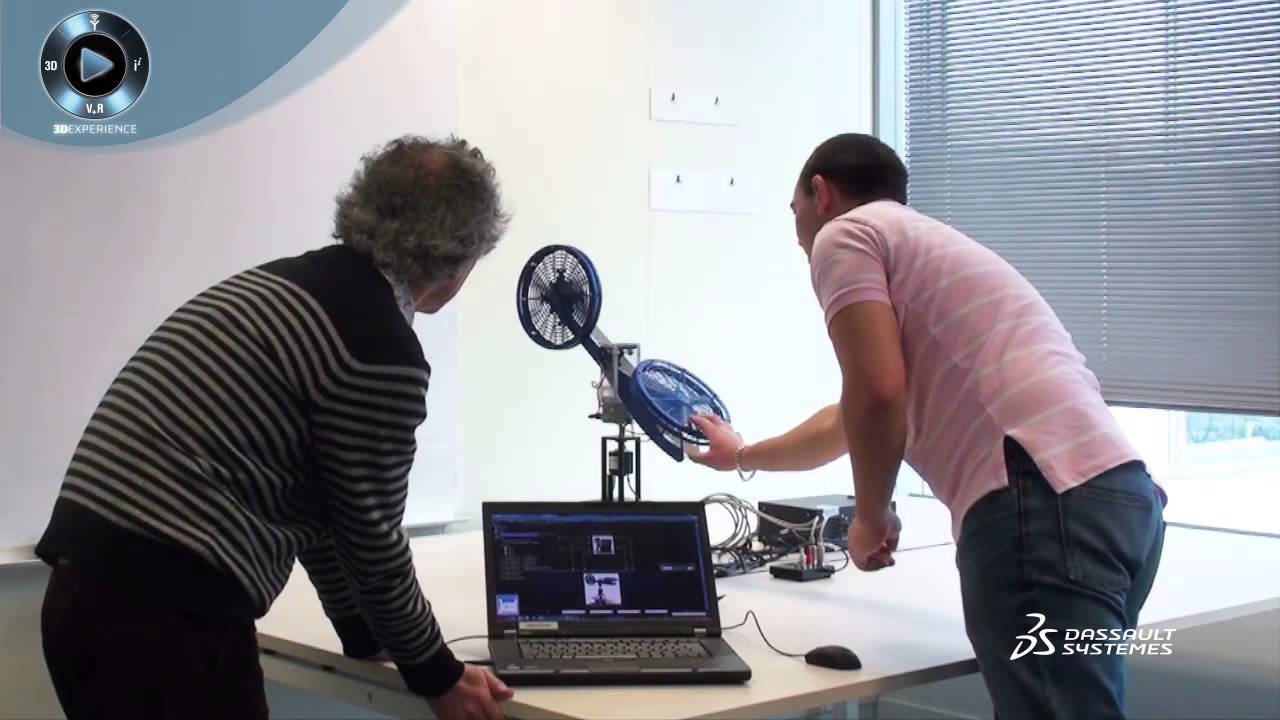TDF
It was 4000 years ago when the famous Egyptian pharaoh Tutankhamun and thousands of precious artifacts, were buried in a hidden crypt deep in the Valley of the Kings. His tomb lost in history and forgotten for thousands of years until British archaeologist Howard Carter found it in 1922.
Thanks to the “Find of the Century” as it was called back then, Tutankhamun’s life and artifacts have been the subject of intense study, giving us a glimpse of the culture and society of this ancient civilization. The discovery of Tutankhamun’s tomb, and the ancient treasures within, fueled archeological passions for decades. However, there are still so many things we don’t know about Ancient Egyptians.
Today, there are teams of local and international archeologists who continue to work hard to discover more about the pharaohs and life in Ancient Egypt. They use a combination of old school archeological techniques and new technology such as drones, 3D scanning and more to follow an ancient network of clues, sometimes leading to the middle of the desert.
One of the biggest mysteries yet to be solved is why was Tutankhamun’s tomb completely intact when it discovered? Looting of tombs was rampant, not just by late 19th and early 20th-century archeologists, but even way back thousands of years ago when the graves were still relatively fresh.
His tomb was pristine and untouched, and today’s Egyptologists are still trying to figure out why it stayed hidden. Carter himself noticed the tomb had so much more earth on top of the entrance than the others in the Valley of the Kings. It is possible that seeing the tomb in the context of its location, the general geography and the rocks around it will yield a potential explanation.
Archeologists also want to know why there was so much gold in his tomb, specifically in the decorations and his “grave goods” or artifacts buried with him in the belief that they were needed in the afterlife. They will need to travel deep into the desert to track down evidence of ancient Egyptian gold miners and follow a series of ancient rest stops – spaced precisely one day’s walk away from each other – that the miners once journeyed through.
Though the mines themselves are forever lost, there is no doubt that these ancient gold hunters led hard lives, working with primitive equipment in an unforgiving climate and terrain, all for the glory of their pharaoh.
To forever preserve this ancient culture, a brand new, multi-million dollar Grand Egyptian Museum – or GEM – located in Giza, is set to open once the Covid19 pandemic is over. It will allow the public to see ancient artifacts and serve as a space to analyze them using cutting-edge technology. The museum will contain over 50,000 pieces of Ancient Egyptian artifacts, including an exhibition of the entire tomb collection of King Tutankhamun. The first time since the tomb-opening that one space will house all 5000 pieces. Transporting them from locations all over Egypt to the GEM was a massive, three-year undertaking which even led to a surprising and unexpected discovery.
There are so many more secrets to uncover about ancient Egypt. The search continues. Not only does every new find, be it a mummy or a small artifact, show us more about the ancient Egyptians, it also shines a light on the people who are determined to keep looking and discovering more today.


